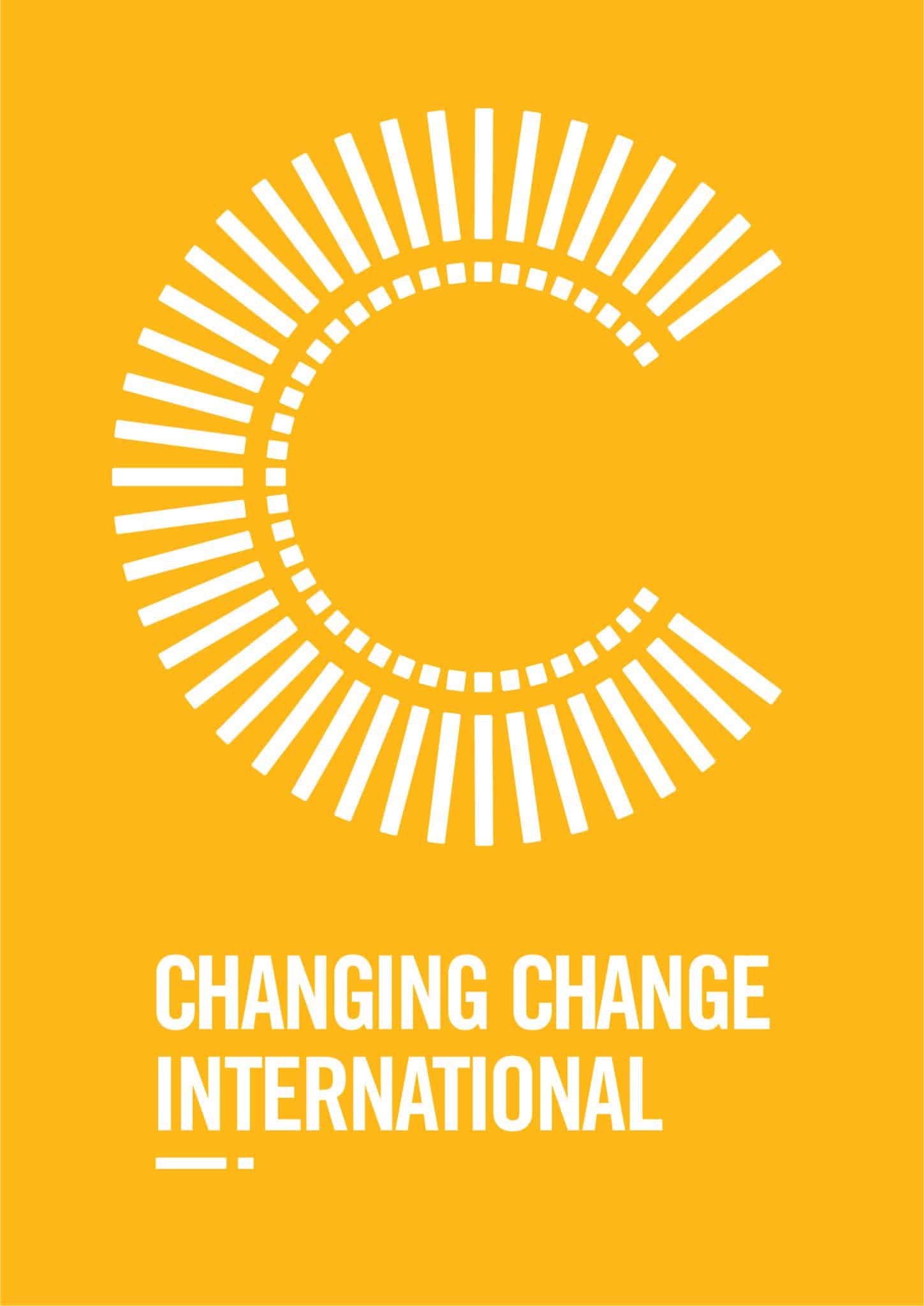FUQ! FREQUENTLY UNASKED QUESTIONS
Why familiarity isn’t always smart – and what leaders can do about it

FUQ! Frequently Unasked Questions
Why familiarity isn’t always smart – and what leaders can do about it
If electric cars came first, who on earth would invent petrol?
I watched a reel the other day of Rory Sutherland making a brilliant point:
Imagine a world where the only cars we’ve ever known are electric. They’re fast, quiet, clean, and efficient.
And then someone comes along and says, “I’ve had a brilliant idea. Let’s build a petrol car. It has a massive tank of flammable liquid, and you engineer explosions to make it move.
Yes, it’s heavier, dirtier and definitely louder.
Yup, it’s vastly more complex, harder to maintain, and it’ll break more often.
No, it doesn’t really perform better – but you can refill it quickly! No, not at home – you’ll have to find a special place for that. But hey, you can now drive non-stop for longer than your bladder can last!”
They’d be laughed out of the room. Or quietly managed out of their job.
And yet… this is precisely what we do in business, all the time.
We normalise the familiar. We accept inherited solutions. We label the known as ‘practical’ and treat anything unfamiliar as risky, even if the familiar is no longer fit for purpose.
1. Cognitive Bias and the Status Quo
What we call “practical” is often just comfortable.
Psychologists have long studied our tendency to favour what already exists. It’s called status quo bias – the preference for the current state of affairs, even when alternatives are objectively better. People will actively defend a flawed system simply because it’s familiar.
Add functional fixedness – the cognitive trap that stops us from seeing new uses for familiar tools – and we become even more constrained. Instead of redesigning the system, we start solving problems within it. We retrofit. We make marginal tweaks. We chase efficiency inside outdated frames.
Daniel Kahneman’s work on System 1 vs System 2 thinking explains why this happens. System 1 is fast, automatic, intuitive – and deeply biased toward what feels familiar. System 2 is slower and more analytical, but also more effortful.
Real transformation requires us to override that mental shortcut – to slow down, challenge assumptions, and do the hard work of asking: Why are we doing it this way at all?
And often, the answer is just: Because we always have.
2. Design Thinking as an Antidote
One way out of these mental traps is through design thinking – a process grounded in empathy, reframing, ideation and rapid prototyping.
It asks different questions:
-
Who is this really for?
-
What do they need now?
-
What assumptions are we holding onto that no longer serve?
Design thinking isn’t about getting it perfect on paper. It’s about testing, learning, and evolving. It helps leaders shift from “What’s broken?” to “What’s possible?”
Consider:
-
Netflix, which moved beyond DVD delivery by asking how people wanted to experience content, not how the industry had always delivered it.
-
Canva, which reframed graphic design as something everyone should be able to do, not just trained professionals.
-
Atlassian, which challenged traditional models of hierarchy and management, building tools and teams around agile, distributed collaboration.
None of these companies succeeded by optimising the old model. They questioned the model itself.
3. Leadership and Decision-Making Traps
Even the most senior leaders are not immune to these traps.
In fact, under pressure, we’re even more likely to revert to what feels safe. Research by Heidi Grant shows that people in positions of authority tend to rely more heavily on past experience and default scripts – which ironically makes them less likely to notice when those scripts stop working.
Roger Martin’s work on integrative thinking argues that great leaders don’t choose between competing ideas. They hold the tension long enough to create a third option – one that redefines the problem entirely. That ability to reframe is a skill. And in environments where change is constant, it’s non-negotiable.
Unfortunately, many leadership development programs still focus on static traits: decisiveness, confidence, strategic vision.
But the leaders we need now are those who can question assumptions, sit with ambiguity, and design new solutions from the ground up.
4. HR and the Reinvention of Organisational Design
Nowhere is this redesign mindset more necessary than in HR.
Job design, performance management, career paths, and even the idea of “leadership potential” are still heavily shaped by post-industrial models. Fixed ladders. Annual reviews. Predefined competencies. A one-size-fits-all definition of what success looks like.
But work has changed. So have workers.
As Herminia Ibarra and Gianpiero Petriglieri argue, identity-based leadership development is key in the modern workplace. It’s no longer about training people to fit the system – it’s about helping them grow into leaders who can shape the system itself.
Flexible pathways. Lateral moves. Learning through experimentation. Leadership that’s less about status and more about contribution.
An HR function that simply recruits, trains, and retains is no longer enough. It needs to rethink what good work looks like, how people grow, and what it takes to thrive in organisations that need to change fast.
That means asking:
-
If we were designing leadership today, would it still look like this?
-
If we were building a people strategy from scratch, what would we keep? What would we leave behind?
5. A Practical Framework for Leaders and HR
So where to begin?
If you’re a senior leader, people professional, or decision-maker trying to drive meaningful change – here are three provocations to work with:
1. If this didn’t already exist, would we create it this way? What are you preserving by default, rather than by design?
2. If we were designing for today’s workforce, what would we stop, start or redesign? Who are you really building for – your people, or your structure that contains them?
3. What are we solving for – efficiency, effectiveness, or experience? Not every process needs to be optimised. Some need to be reimagined entirely.
These questions aren’t easy. But they’re essential.
Because in the age of AI, real innovation doesn’t come from improving the past. It comes from having the courage to imagine what we’d build if we weren’t so busy maintaining what no longer makes sense.

